
Designing, installing, and maintaining control systems involves a lot of wires. Each wire has a purpose, often indicated by the color of the insulation. But what…
Designing, installing, and maintaining control systems involves a lot of wires. Each wire has a purpose, often indicated by the color of the insulation. But what are the common colors, and what do they mean?
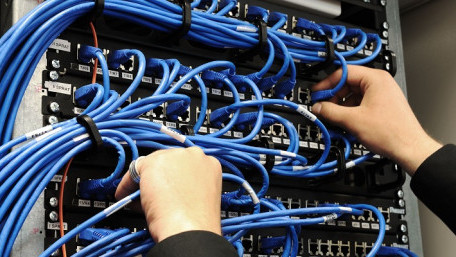
Failures are never the goal of any industrial operation. But when disaster strikes, it’s always better to have a…
Failures are never the goal of any industrial operation. But when disaster strikes, it’s always better to have a mitigation plan in place well in advance of the event to ensure timely recovery.
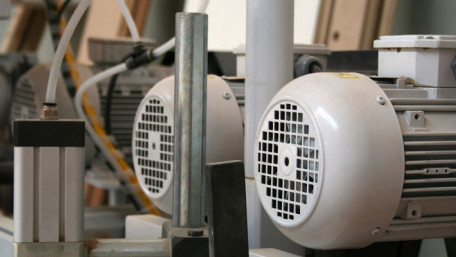
In today's modern, digitally connected world, reliable and continuous power availability, together with power quality,…
In today's modern, digitally connected world, reliable and continuous power availability, together with power quality, help optimize power consumption hence improving distribution system efficiency.
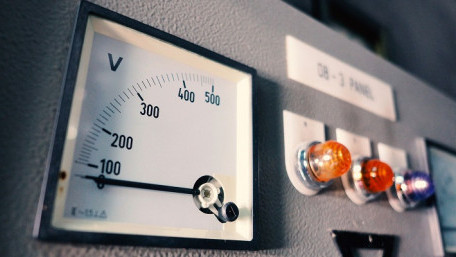
Analytics from data algorithms can predict machine failures and provide diagnostics—but what should we measure? Then,…
Analytics from data algorithms can predict machine failures and provide diagnostics—but what should we measure? Then, once the information has been collected, what trends might point to problems?
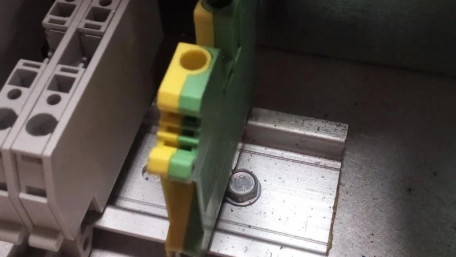
The subject of grounding in electronics is broad and complex, spanning across a variety of functions and objectives. In…
The subject of grounding in electronics is broad and complex, spanning across a variety of functions and objectives. In this article, we will investigate the applications and regulation of grounding in control systems on a fundamental level.

Safety is a concern in any system containing potential energy, whether electrical, chemical, or fluid. Each has methods…
Safety is a concern in any system containing potential energy, whether electrical, chemical, or fluid. Each has methods of protection, and for fluid systems, certain shutoff valves are used in situations when excess pressure can be a problem.
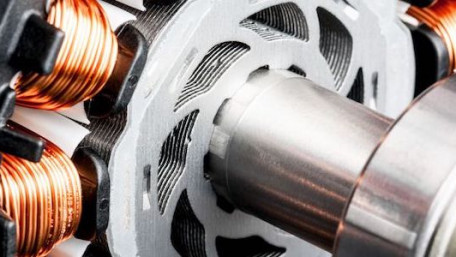
Field-oriented control (FOC), also called vector control, can control 3-phase alternating current motors and brushless DC…
Field-oriented control (FOC), also called vector control, can control 3-phase alternating current motors and brushless DC motors. Read more to learn its advantages, how it works, and its best applications.
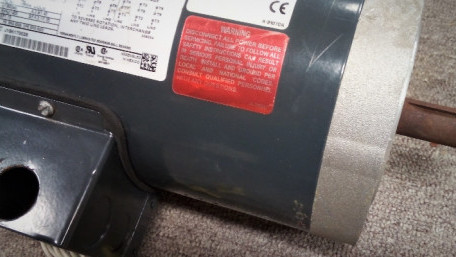
Large motors require a circuit to turn on and off. This may be as simple as a single on/off drum-type switch or as…
Large motors require a circuit to turn on and off. This may be as simple as a single on/off drum-type switch or as elaborate as a VFD unit. Learn about some common control circuit designs for typical three-phase motor requirements.
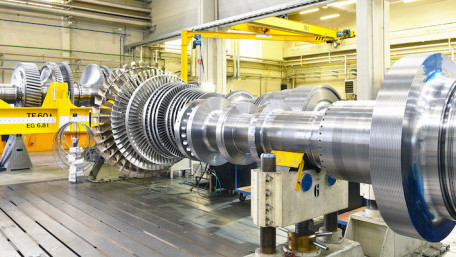
Turbine ratcheting helps prevent damage by regulating a turbine's uniform warm-up and cool-down. In this article, we will…
Turbine ratcheting helps prevent damage by regulating a turbine's uniform warm-up and cool-down. In this article, we will discuss the principles and challenges behind this process.

Power quality is an increasing concern for manufacturers all over the world as electrical equipment becomes more advanced…
Power quality is an increasing concern for manufacturers all over the world as electrical equipment becomes more advanced and therefore sensitive to discrepancies in the supplied power.
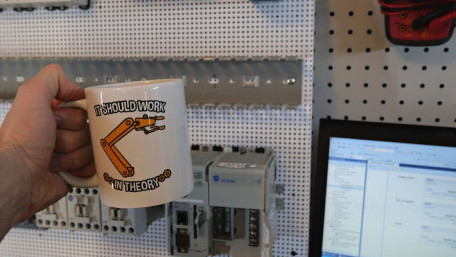
We are taught that parallel circuits maintain equal voltage across all branch resistors, equally sharing the source…
We are taught that parallel circuits maintain equal voltage across all branch resistors, equally sharing the source voltage. But reality is often far from ideal, and individual devices certainly impact the rest of the circuit.
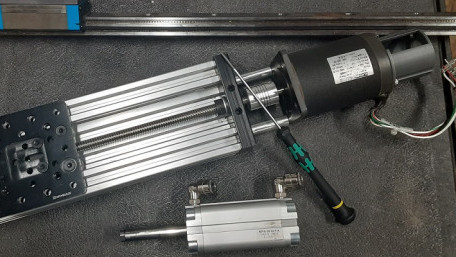
Actuators are used to control the motion of manufacturing devices and raw materials. This article will compare electric…
Actuators are used to control the motion of manufacturing devices and raw materials. This article will compare electric actuators and several types of fluid-power actuators.
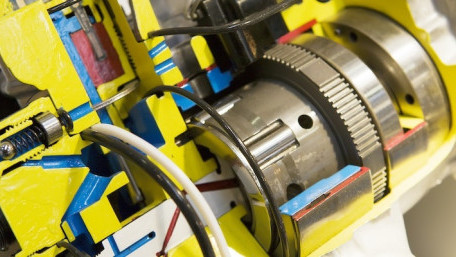
Closed-loop motor control is a control system used to regulate the output of a motor. Learn about the four common types…
Closed-loop motor control is a control system used to regulate the output of a motor. Learn about the four common types of closed-loop motor control systems to understand each one’s inner-workings and applications.

Data stored in a historian server is useful for analysis and troubleshooting. Learn about data archiving techniques for…
Data stored in a historian server is useful for analysis and troubleshooting. Learn about data archiving techniques for control systems, as well as what type of data is stored and the tools to make it happen.
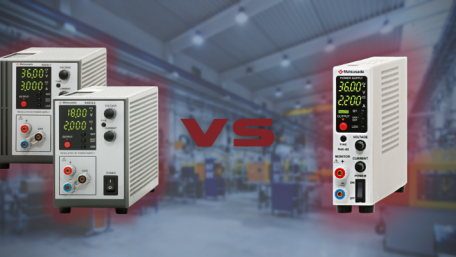
Linear and switch-mode power supplies provide direct current to power control components and electrical devices. Learn…
Linear and switch-mode power supplies provide direct current to power control components and electrical devices. Learn about the differences between the two power supplies and which one is best for your control system.
Coil, field winding, rotor, stator, eddy current… When it comes to motors, there are numerous terms that describe the…
Coil, field winding, rotor, stator, eddy current… When it comes to motors, there are numerous terms that describe the theory of operation, but what is inside a 3-phase motor? Take a look, and learn how they work.
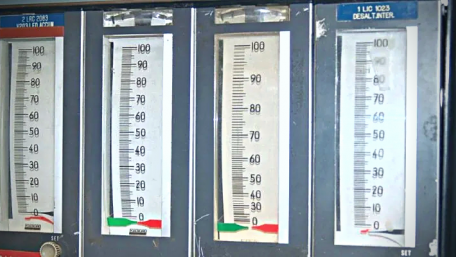
Learn about proportional gain and proportional band, two key proportional control concepts, to better understand the most…
Learn about proportional gain and proportional band, two key proportional control concepts, to better understand the most popular control system method in industrial automation.
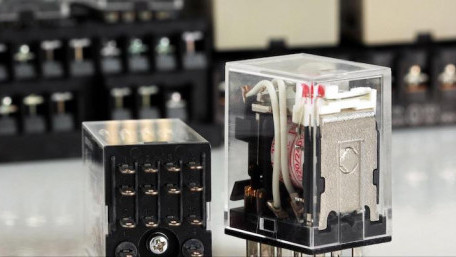
Relay and other coil devices pose a few confusing questions: How can the relay still work if you connect a DC supply in…
Relay and other coil devices pose a few confusing questions: How can the relay still work if you connect a DC supply in reverse? How can an alternating voltage attract and hold the load consistently?

The PCU400 can handle all known industrial protocols and forward them to the master station to get an effective…
The PCU400 can handle all known industrial protocols and forward them to the master station to get an effective connection between the SCADA system and the data from the manufacturing or system process.

The control and visualization of power plant processes through SCADA improves the supervision, coordination, and security…
The control and visualization of power plant processes through SCADA improves the supervision, coordination, and security of the power system operations.
